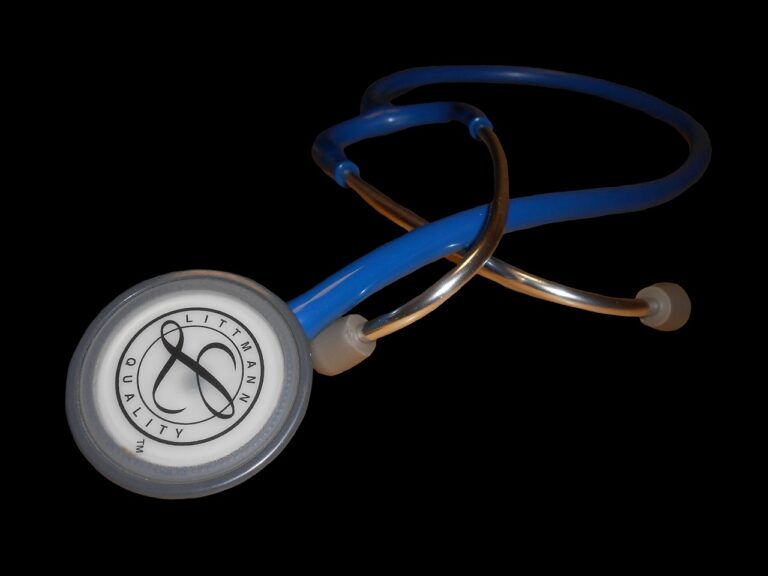The Role of Physical Therapy in Post-Surgical Rehabilitation
Early intervention plays a crucial role in addressing developmental delays and disabilities in children. By identifying and addressing issues early on, healthcare professionals can provide targeted therapies that support the child’s overall growth and development. This proactive approach can lead to significant improvements in a child’s physical, cognitive, and emotional well-being, setting them up for long-term success in various aspects of life.
Waiting to address potential developmental concerns can lead to delayed progress and potentially exacerbate existing challenges. Research has shown that the earlier intervention is initiated, the more effective the outcomes can be. Early intervention services aim to support not only the child but also their family, helping them navigate and understand the best ways to promote the child’s development and quality of life. By prioritizing early intervention, we can better equip children with the tools they need to reach their full potential.
Understanding the Goals of Physical Therapy
Physical therapy aims to improve a patient’s physical function and mobility through various exercises and techniques. By targeting specific areas of weakness or injury, physical therapists help individuals regain strength, flexibility, and range of motion. The ultimate goal is to enhance overall quality of life and facilitate the return to daily activities with greater independence and confidence.
Additionally, physical therapy seeks to prevent future injuries by educating patients on proper body mechanics, ergonomics, and exercise routines. Through personalized treatment plans, therapists work with individuals to address underlying issues contributing to pain or dysfunction. By promoting a proactive approach to health and wellness, physical therapy empowers patients to take control of their physical well-being for the long term.
What is the importance of early intervention in physical therapy?
Early intervention in physical therapy can help prevent further complications and promote faster recovery for patients. It can also improve outcomes and reduce the need for more invasive treatments in the future.
What are the common goals of physical therapy?
The common goals of physical therapy include reducing pain, restoring mobility and function, improving strength and flexibility, and preventing further injuries or disabilities.
How long does it typically take to achieve the goals of physical therapy?
The length of time it takes to achieve the goals of physical therapy varies depending on the individual’s condition, severity of injury, and adherence to the treatment plan. It can range from a few weeks to several months.
How can I track my progress in physical therapy?
Your physical therapist will monitor your progress through regular assessments, measurements, and evaluations. They will also work with you to set and adjust goals as needed throughout your treatment.





